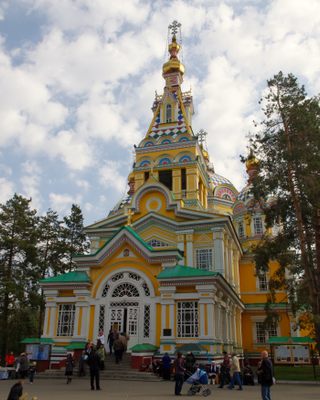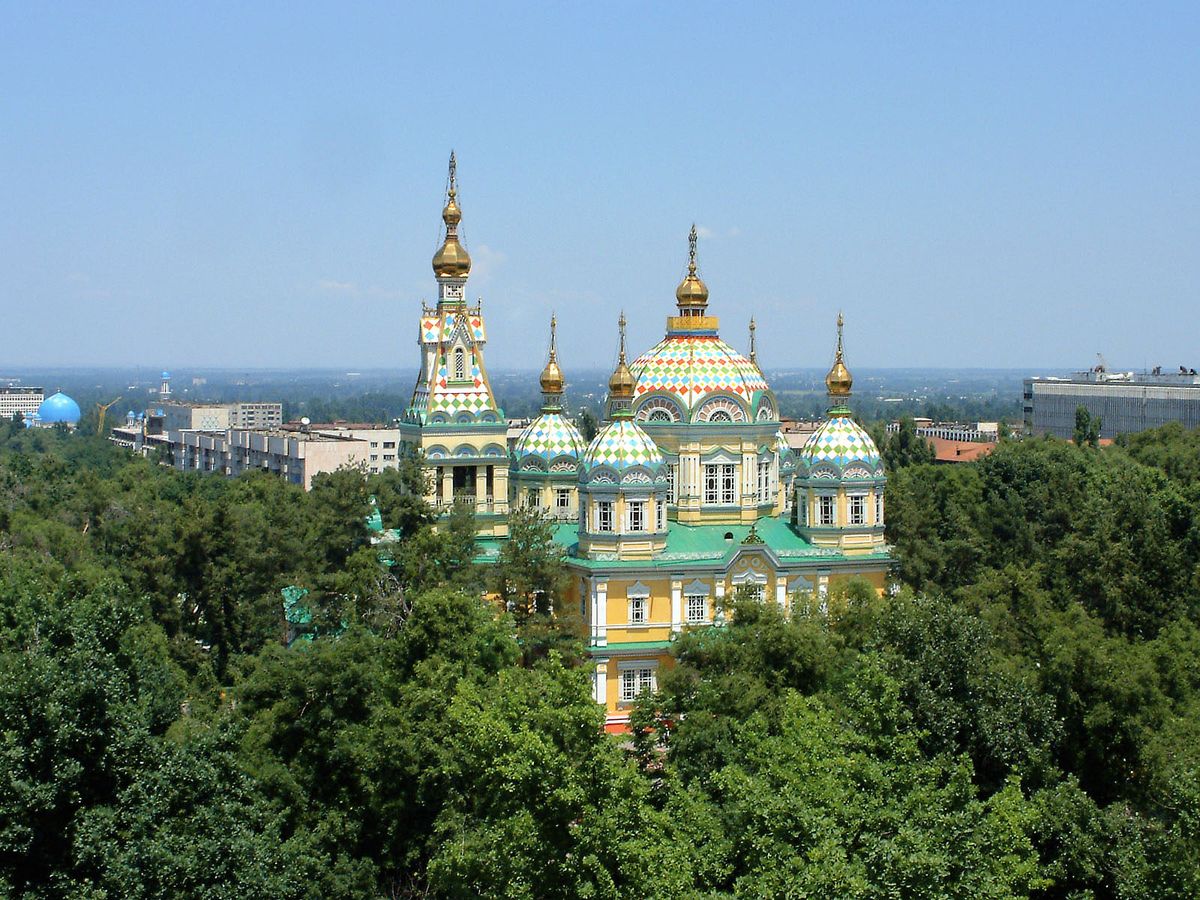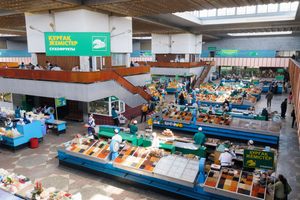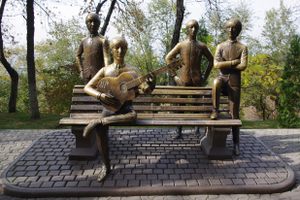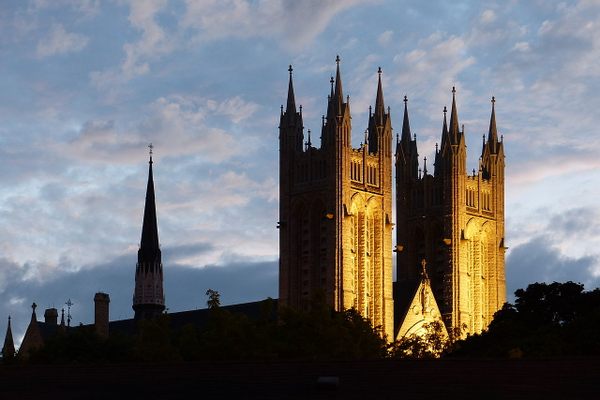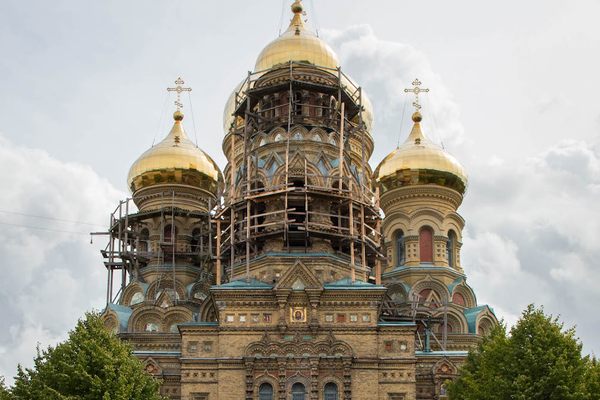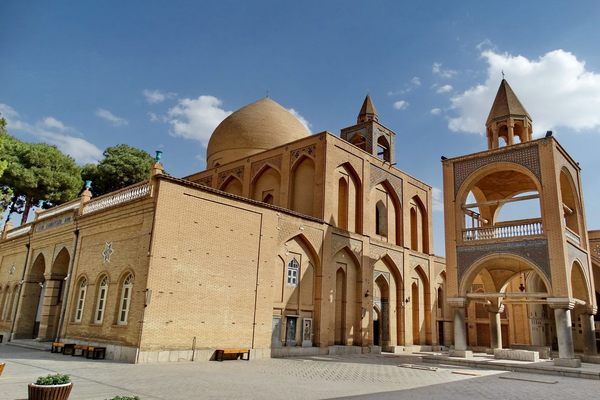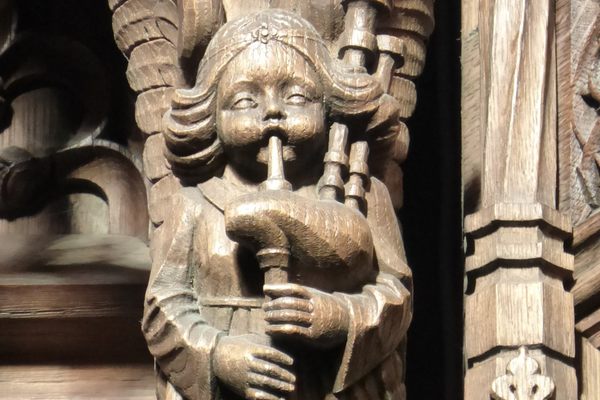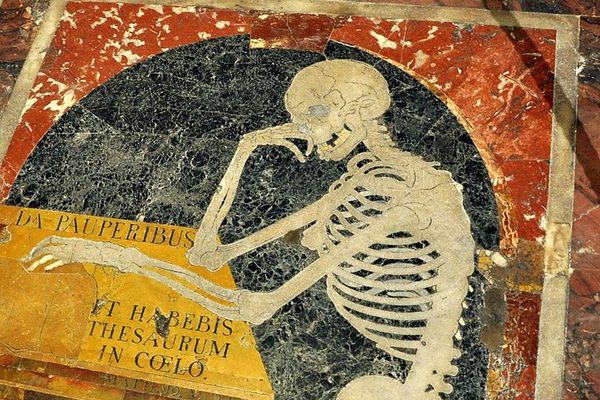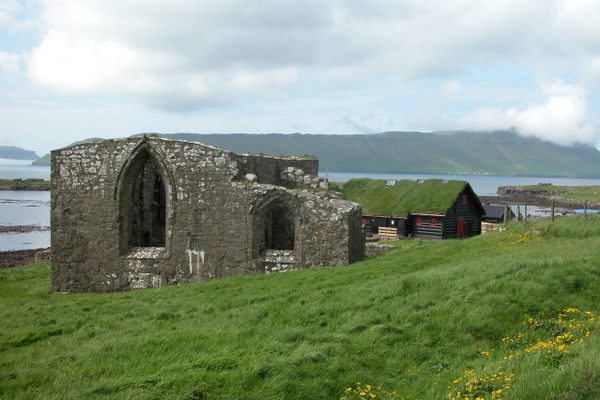About
The eye-catching golden domes and kaleidoscopic color scheme of the Ascension Cathedral in Almaty, Kazakhstan, draw visitors to the city’s Panfilov Park, but the building’s genius architecture and complex history demand just as much attention.
After nearly 40 years of deliberations, construction of Almaty’s Ascension Cathedral began in 1904, according to architect Constantin Arkadyevich Borisoglebsky’s design. However, as Borisoglebsky had left the city in 1902, it was regional engineer Andrei Pavlovich Zenkov who made addendums to Borisoglebsky’s plans and oversaw construction. As such, it’s commonly called the Zenkov Cathedral. Construction was completed in 1907.
In addition to the church’s striking beauty, the architecture and engineering command respect; at a height of 56 meters, the Ascension Cathedral is one of the tallest wooden constructions in the world. It’s widely believed that the church was built entirely without metal. However, while the vast majority of the structure is made of Tien-Shan spruce, there are a small number of nails, bolts, and other metal pieces. The church’s interior came from artistic workshops in Moscow and Kyiv, while the icons were painted by local artist and ethnographer, Nikolay Gavrilovich Khludov.
The Orthodox community attended services there until 1927 when they were banned by the Soviet regime. The Cathedral was subsequently vandalized and looted. Over the ensuing decades, it served a variety of public functions, including an exhibition center, concert hall, and the first Central Museum of Kazakhstan. The Cathedral’s bell tower was also the site of Kazakhstan’s first radio transmission center, placed there in the early 1930s. Extensive renovations took place in 1976, and the cathedral was finally returned to the Orthodox church in 1995.
The massive earthquake that destroyed most of the buildings in Almaty—then known as Verniy—in 1887 must have left an impression because Borisoglebsky’s design was meant to be earthquake-proof. He included what he called a “seismic basket," fitting the building’s wooden beams with metal braces and brackets that allowed them to sway with the motion of an earthquake if another one struck, which it did in 1911, laying waste to most of the surrounding buildings.
The cathedral’s survival contrasted so sharply with the surrounding ruin that local bishops called it an act of God. Zenkov’s response to that, if he had one, was not recorded, but he was certainly proud of his engineering. He wrote with awe that during the earthquake the bell tower waved like the top of a tall tree in a high wind, bent but unbroken.
Related Tags
Know Before You Go
The cathedral is located in Panfilov Park in the center of Almaty, Kazakhstan, and is easily accessible by public transport.
Central Asia Road Trip: Backroads & Bazaars
A 2-Week, 4-Country Odyssey.
Book NowCommunity Contributors
Added By
Published
October 12, 2018
Sources
- https://visitalmaty.kz/en/attraction/ascension-cathedral
- https://www.advantour.com/kazakhstan/almaty/zenkov-cathedral.htm
- https://www.dookinternational.com/blog/zenkov-cathedral-of-holy-ascension-in-almaty/
- http://silkadv.com/en/content/zenkov-cathedral-almaty
- http://www.almaty-hotels.net/almaty/sights/ascension-cathedral.htm
- http://csmrk.kz/index.php/en/mnu-exposition1-4-en/mnu-khludov-hall-en
- http://dostoprim.almaty.kz/page.php?page_id=169&lang=2
- https://en.tengrinews.kz/science/Devastating-earthquake-in-Kazakhstan-both-distant-and-255918/


